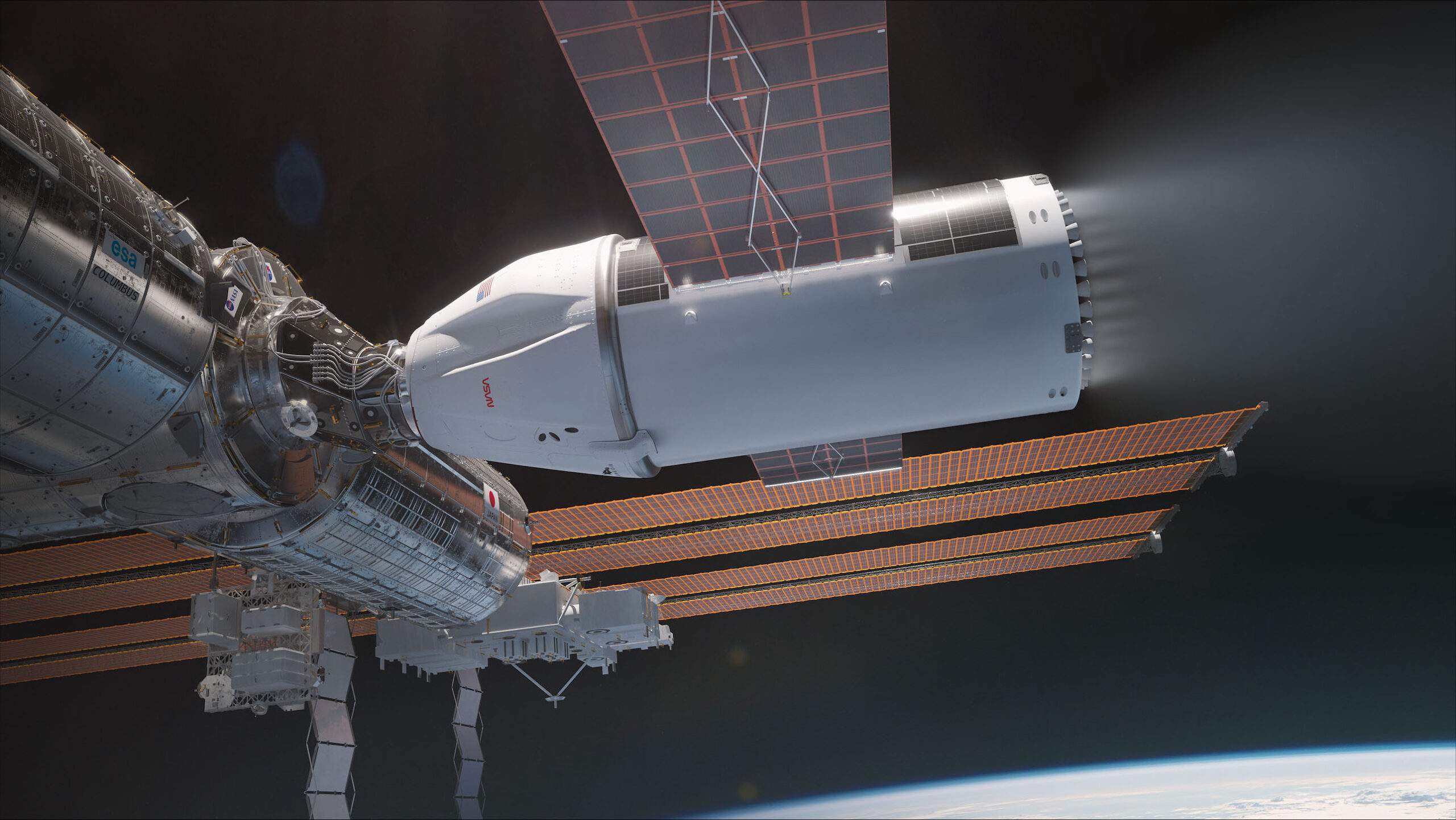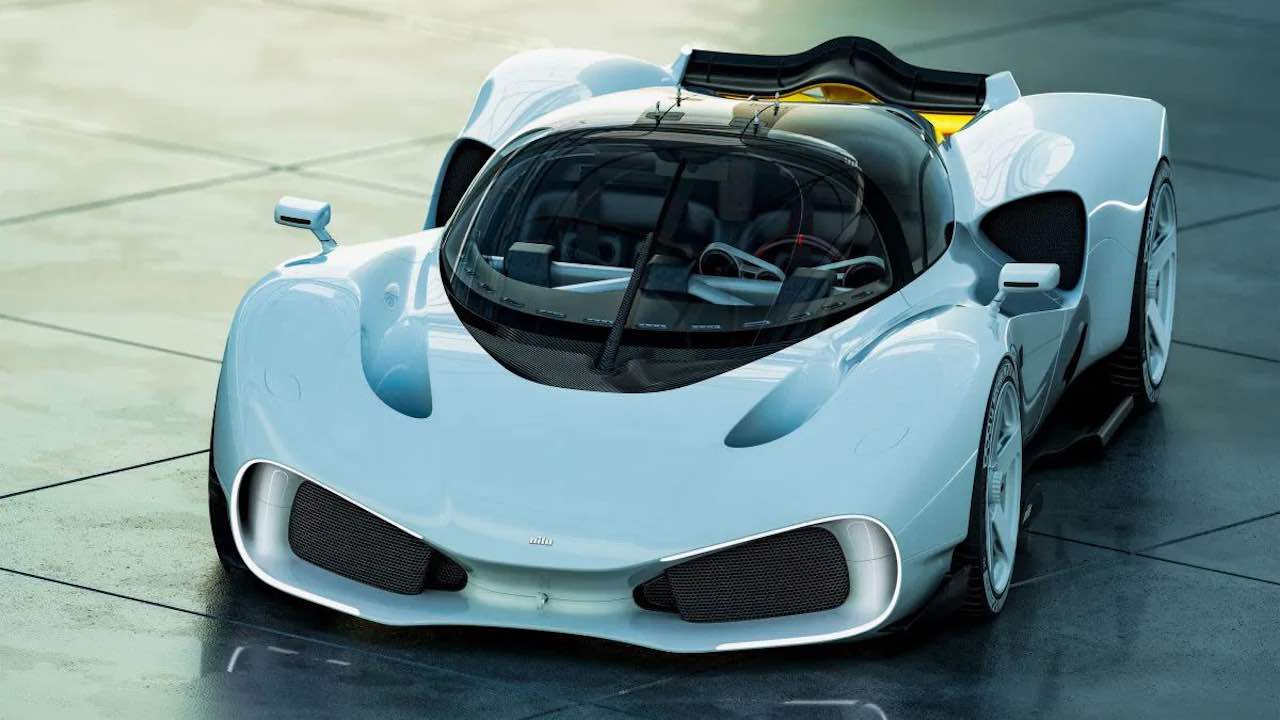SpaceX and NASA show off the design for the first time American Deorbit VehicleIt is a vehicle designed to dock with the International Space Station and drag it into the atmosphere, destroying it and crashing it into the Pacific Ocean. This operation will be carried out at the end of the station’s operational life, currently scheduled for 2030. This vehicle will be launched and attached to Node 2 of the International Space Station about a year and a half before the official return.
The vehicle, a direct derivative of the Dragon capsule, was developed with $863 million in funding from NASA to SpaceX. The contract was announced on June 26, but the vehicle’s design was only revealed during a joint press conference on July 17, 2024.
NASA’s press conference was attended by Ken Bowersox, NASA’s associate administrator for space operations, Dana Weigel, NASA’s International Space Station program manager, and Dana Weigel, NASA’s International Space Station program manager. Sarah Walker, Director of Dragon Mission Management at SpaceX.
The program that this vehicle is funded for was developed separately for construction and launch. SpaceX will provide this American Deorbit vehicle to NASA, and then SpaceX will separately provide launch services through a second contract with NASA’s Launch Services Program. This was one of the open questions after the June announcement, since it was specified that the contract only covers development costs, not launch costs.
Plans for the return of the International Space Station
Dana Weigel said they initially thought they could deorbit the ISS with three Progress capsules, but the Russian segment of the ISS (where the cargo capsules dock) doesn’t have enough docking stations. Furthermore, Weigel said NASA is working to create an overlap period between the commercial station and the final months of ISS activity.
The vehicle will be based on the Cargo Dragon, but Weigel said more than half of the spacecraft will be new. The capsule will remain at the ISS for about a year and a half before returning to Earth, during which time it will undergo several corrective maneuvers before the final re-entry. Because of this, the capsule will carry much more propellant than would be needed for re-entry alone.
NASA says the South Pacific is currently the target area for the station’s return. Furthermore, according to current models, no part of the station should survive the impact with its atmosphere intact, but they are still evaluating operations to potentially recover some pieces.
Technical characteristics of the American Deorbit vehicle
The modified Dragon will be equipped with 46 Draco engines, the same version already used in Dragon capsules for attitude control and orbital corrections. 16 engines will be mounted on Dragon, while 30 will be mounted on the cylindrical service module. The Dragon capsule will also be a capsule that has flown before, while this new service module will simply be built from scratch.
Of the 46 engines, 22 to 26 will be used for orbital transfer maneuvers, i.e. return to the ISS. They stated during the conference that no more than 22-26 will be fired at the same time. During reentry, these engines will have a total thrust of 10 kN.
This Dragon capsule will also be able to carry about 6 times the amount of propellant as a regular Cargo Dragon capsule, and generate about 3 times the electrical power. At least that’s what they’re aiming for.
This modified Dragon will have an empty mass of about 14,000 kilograms, and a propellant payload of another 16,000 kilograms, said Sarah Walker of SpaceX. So the total will be 46 30 tons. Although a launch contract has yet to be confirmed, it’s likely that either Falcon Heavy or Starship could get this vehicle into orbit as early as 2030. Another rocket that could potentially do this is Blue Origin’s New Glenn.
Last updated at 10:45 PM on 7/17/2024
© 2024 Astrospace.it All rights reserved. This article may only be reproduced or distributed in whole or in part with the written permission of Astrospace.it, with the obligation to mention the source.

“Unable to type with boxing gloves on. Freelance organizer. Avid analyst. Friendly troublemaker. Bacon junkie.”









